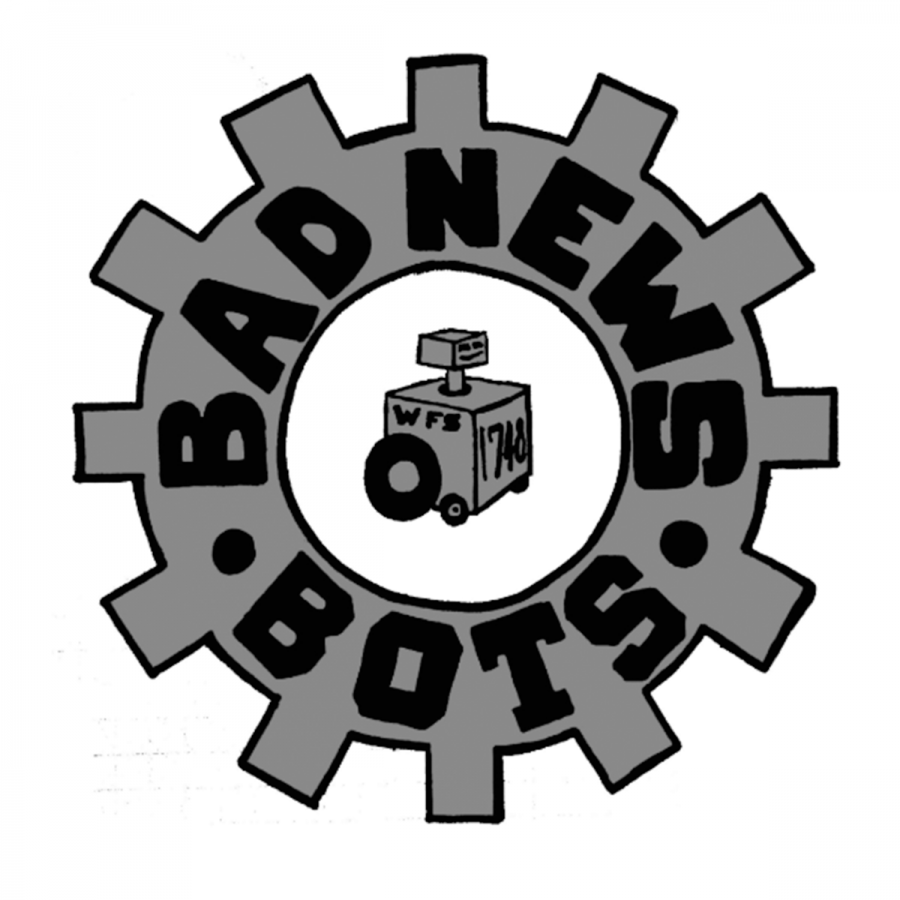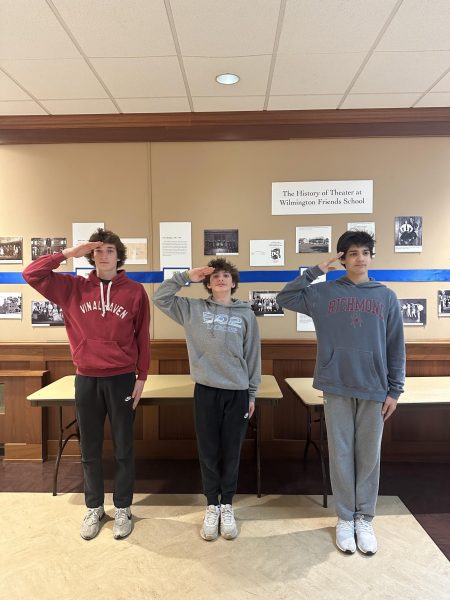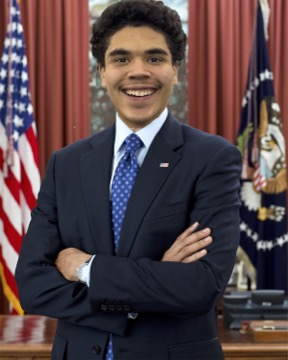Robotics Club: The Future in Our Community
Robots are often portrayed in movies, TV shows and books as the future. Robots can be found in dark, thrilling content such as Black Mirror and also in lighthearted children films such as Big Hero 6. Regardless of their connotation, robots are almost always depicted as futuristic beings. Robots may seem very far away, however, within our very own community there is a Robotics Club, whose team name is the “Bad News Bots,” which creates and designs robots.
When asked about what the Robotics Club generally did when they met, Zareef Khan ’19 said, “Typically, different people work on different parts of the robot that we use to compete. I personally help with building different parts of the robot, and during the competitions, I drive the robot with someone else.” Khan also mentioned that in the final days leading up to competition, the team spent their time “perfecting any attachments that we already have, as well as practicing driving the robot in order to score as many points as we can.” The Robotics Club meets every Sunday from 12:00 pm to 3:00 pm. Working hard on their robot, they do whatever is needed to make their robot the best it could be.
While making a robot may seem intimidating, Matt Cauchy, WFS High School physics teacher, broke this process down into a couple simple steps. When asked about the design process of a robot, Cauchy said, “First you have to decide a strategy, like in sports. You have to decide whether you’re going to be offensive or defensive. Then you have to set goals and tasks and design your robot around these goals. You have to define the problems and come up with a solution. The final step is test practice and improvement.” This strategy is very helpful to take the abstract idea of creating a robot and make it more grounded.
The robot designed by the club painted with a flashy hot pink, however, it was a lot more to offer than just appearances. Cauchy noted that, “It was a very smart robot in the sense that it was autonomous. It was very good at doing tasks even with no driver.” This trait proved to be very important in this year’s game.
This year’s game played at the competition was called Rover Ruckus. The game is always played on a 12 foot square playing field with a foam tile floor and 1 foot high walls. This year there are craters and depots in two opposing corners. The navigation targets are placed in the center of every field wall. There are two silver spheres and one golden cube in each corner, called “minerals.” 52 silver and 86 gold minerals are divided evenly in the craters. There is a lander in the middle from which the two robots start. Each robot gets half of the field with one crater and one depot. If the robot lands outside of the landing zone and on the landing field, there is a 30 point bonus, however, if they don’t land in the field there are no points deducted. Robots can claim their depot by placing their team marker in it. Robots that successfully park in the crater will earn a parking bonus of 10 points.
The game is set up in three stages. First, there is a two minute autonomous period where the pre-programmed robot operates without a driver. Every mineral secured in the depot during this time earns two points, however if it is not claimed, the opponent can steal and descore your minerals. If a mineral is put in the cargo hold, it gets 5 points rather than 2. The “Bad News Bots” were able to get their minerals in the cargo hold to take advantage of the additional 3 points. The last 30 seconds of the driving period have many opportunities for bonuses. Robots that park partially in a crater get 15 points, robots that park completely in a crater get 25 points, and robots that can reattach to the lander and get off of the ground of the field obtain 50 points.
In order to qualify for States, the “Bad News Bots” had to compete at schools such as Archmere and Padua. In these scrimmages there were actual judges and the games followed the same format as the real day so that the teams could get some real time game experience. After making it to the finals at States, the “Bad News Bots” ended up coming in second place to the “Dragonators.” However, despite this, they still performed very well and earned themselves the Control award, which recognizes the team with exceptional programing and problem solving.




































